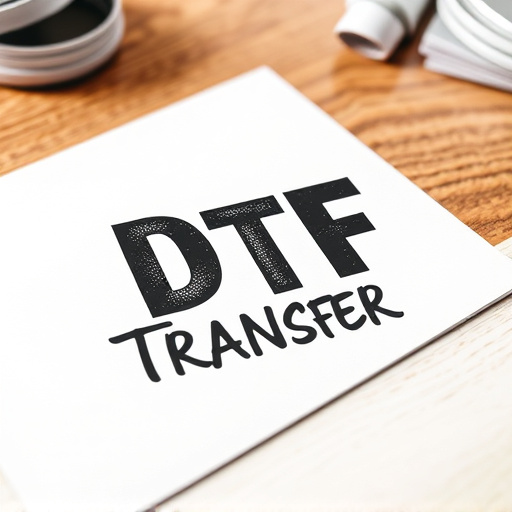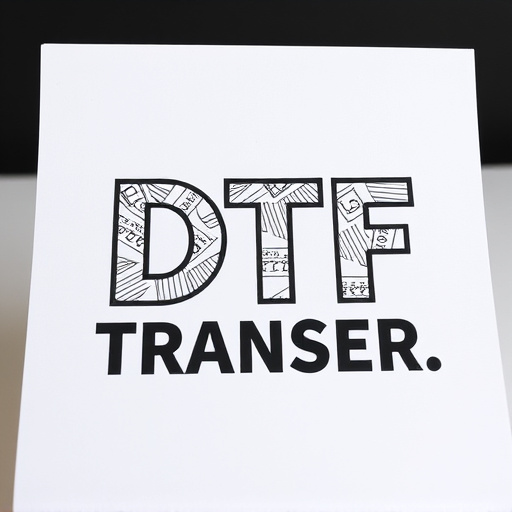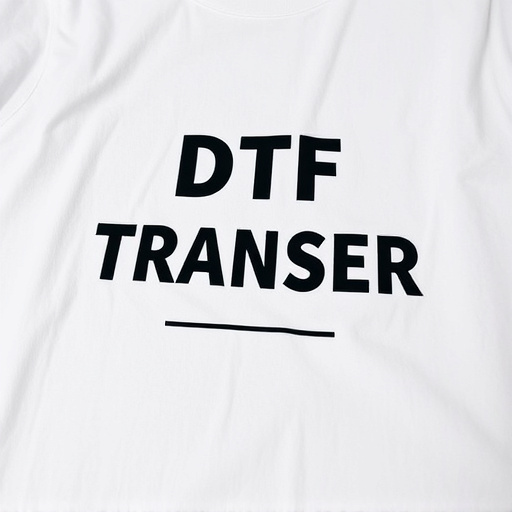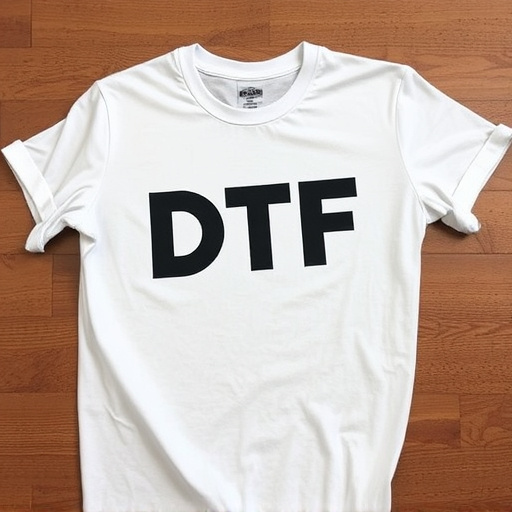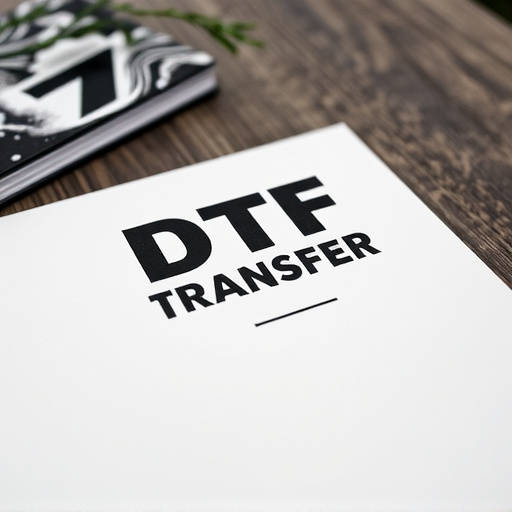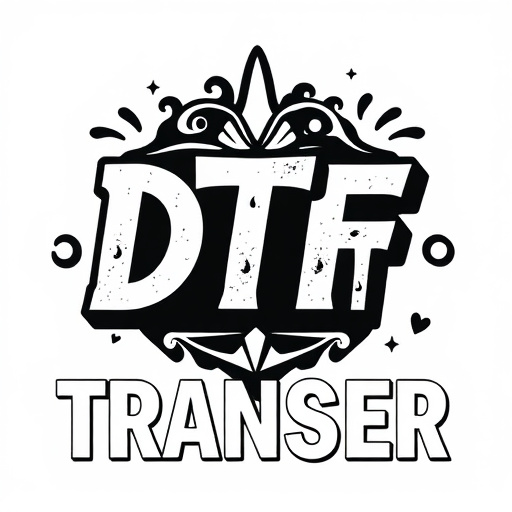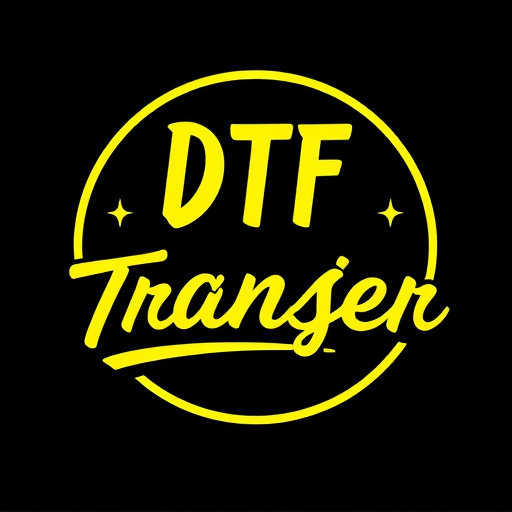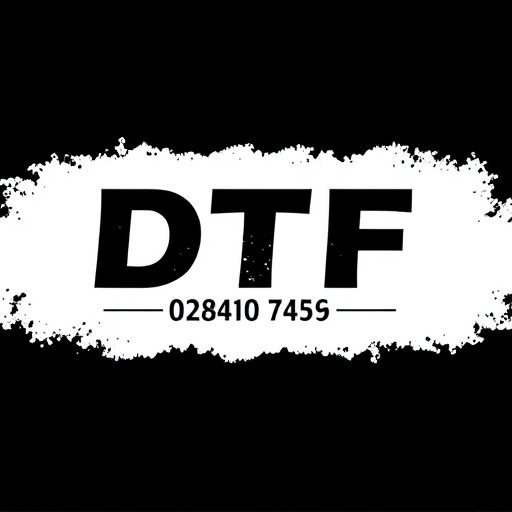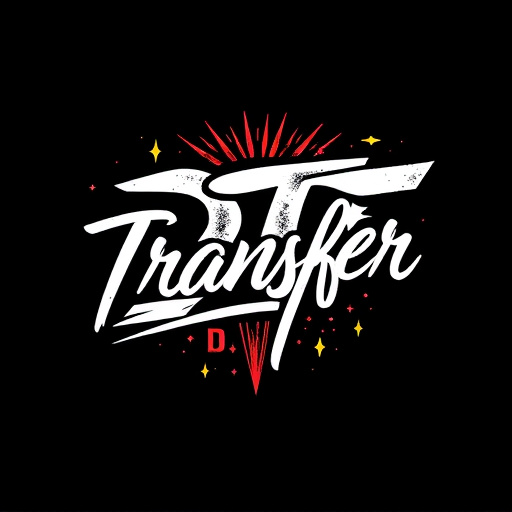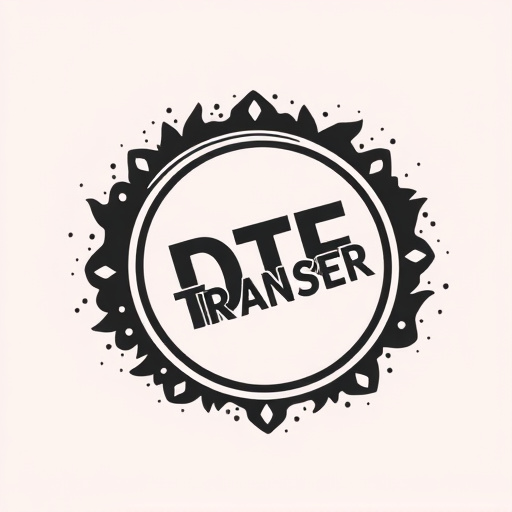Direct-to-Film (DTF) transfer printing revolutionizes film production with faster turnaround times and superior color accuracy. It offers quick delivery options and real-time tracking, benefiting businesses dealing with time-sensitive projects or inventory needs. Choosing a specialized DTF service provider is crucial, focusing on expertise, communication, and customization capabilities. Optimizing software and hardware enhances efficiency, while advanced technologies, automated systems, and clear communication overcome challenges for faster turnaround times without compromising quality. Case studies show that efficient DTF transfer services boost productivity, reduce lead times, and enhance customer satisfaction.
“In today’s fast-paced world, quick delivery options for direct-to-film (DTF) transfer orders are transforming the way businesses operate. This article delves into the benefits and intricacies of implementing swift DTF printing services. From understanding the fundamentals of DTF Transfer to optimizing your process, we explore how choosing the right service provider can revolutionize your workflow. Discover common challenges and successful case studies, showcasing the power of efficient DTF prints in enhancing productivity.”
- Understanding Direct-to-Film (DTF) Transfer: A Brief Overview
- Benefits of Quick Delivery for DTF Transfer Orders
- Choosing the Right Service Provider for Swift DTF Prints
- Optimizing Your DTF Printing Process for Time Efficiency
- Common Challenges and How to Overcome Them for Faster Deliveries
- Case Studies: Successful Implementation of Rapid DTF Transfer Services
Understanding Direct-to-Film (DTF) Transfer: A Brief Overview
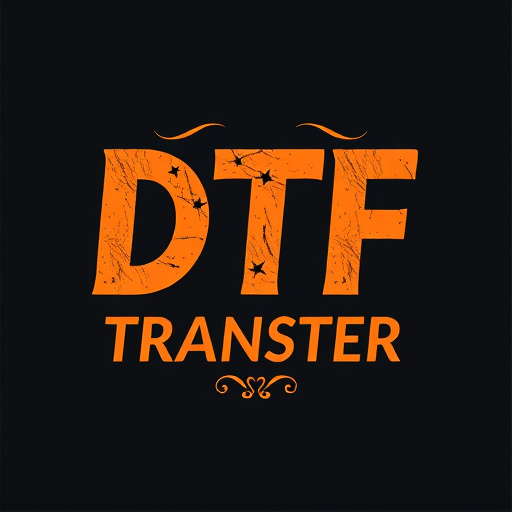
Direct-to-Film (DTF) transfer is a cutting-edge printing technology revolutionizing the way we produce and deliver high-quality prints, especially in the film industry. This innovative process allows for direct printing on various types of film, eliminating the need for intermediate steps commonly used in traditional printing methods. With DTF, designs are transferred directly onto the chosen film stock, enabling a seamless and precise reproduction of colors and details.
DTF Printing offers numerous benefits, including faster turnaround times, enhanced color accuracy, and the ability to print on a wide range of media. This technology is particularly advantageous for direct-to-film transfer orders, ensuring that customers receive their prints promptly without compromising on quality. Whether it’s for motion pictures, animation, or special effects, DTF Transfer has become an indispensable tool in the film production process, offering a more efficient and effective solution for delivering stunning visual results.
Benefits of Quick Delivery for DTF Transfer Orders
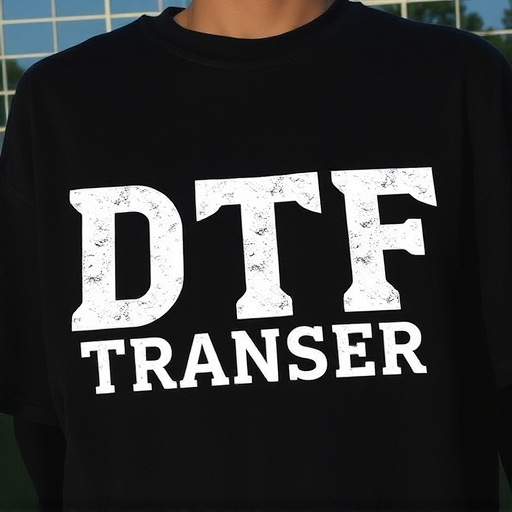
Quick delivery options for direct-to-film (DTF) transfer orders offer numerous benefits to businesses and customers alike. In today’s fast-paced world, where time is a valuable resource, the ability to receive DTF prints promptly can significantly enhance operational efficiency. When ordering DTF transfers, quick delivery means that products can be received and put into use almost immediately, reducing turnaround times and minimizing delays in production or distribution processes.
This convenience is particularly advantageous for businesses dealing with time-sensitive projects or those requiring frequent inventory replenishment. By choosing fast delivery services, companies can ensure a steady supply of DTF prints, enabling them to meet customer demands promptly. Moreover, quick delivery options often come with real-time tracking capabilities, providing transparency and peace of mind throughout the order process. This level of convenience and control is invaluable in streamlining logistics and optimizing business operations.
Choosing the Right Service Provider for Swift DTF Prints
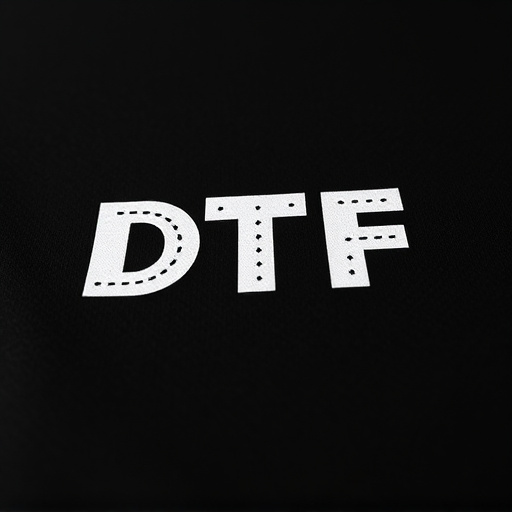
Selecting the ideal service provider for swift Direct-to-Film (DTF) prints is a strategic move to ensure your order turnaround time meets your expectations. Look for companies specializing in DTF transfers, as they possess the expertise and equipment tailored to this specific printing process. These specialists understand the nuances of DTF technology, guaranteeing high-quality results and efficient delivery.
When evaluating options, consider factors like response time, shipping speed, and order customization capabilities. Reputable service providers should offer transparent communication, allowing you to track your order’s progress. Additionally, their ability to handle custom requests, such as specific film types or unique print sizes, is essential for meeting your project’s requirements without delay.
Optimizing Your DTF Printing Process for Time Efficiency
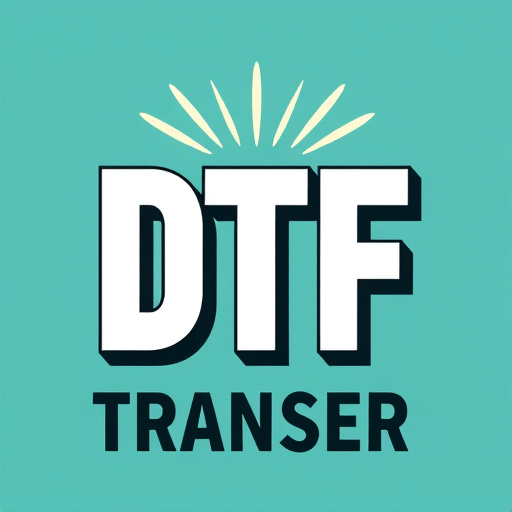
To optimize your direct-to-film (DTF) transfer process for time efficiency, start by streamlining your design workflow. Utilize user-friendly DTF printing software that allows for seamless integration with popular graphic design programs. Precisely calibrate your printer settings to ensure optimal ink placement and dry times, minimizing post-print processing. Efficient file formats like PDF or EPS, at 300 dpi, are ideal for achieving high-quality DTF prints without unnecessary delays.
Additionally, organize your physical workspace for streamlined production. Keep essential materials readily available—high-quality films, inks, and clean-up tools. Implement a systematic printing routine: prep the film, load it into the printer, print the design, and promptly cure or dry the ink as per manufacturer recommendations. Regularly maintain and calibrate your DTF equipment to prevent malfunctions, ensuring consistent output speeds.
Common Challenges and How to Overcome Them for Faster Deliveries
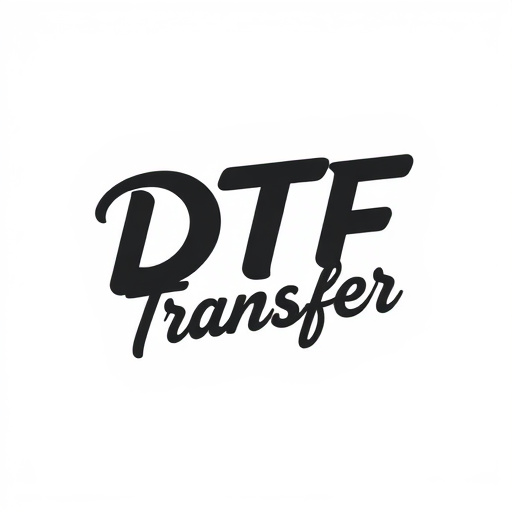
Direct-to-film (DTF) transfer orders present a unique set of challenges when it comes to quick delivery. Common hurdles include complex design customization, order volume fluctuations, and the need for precise color matching. To overcome these obstacles and expedite deliveries, businesses should invest in advanced DTF printing technologies capable of handling intricate designs with high accuracy. Automated order management systems can also streamline processes, ensuring efficient queue management and prioritizing urgent orders.
Additionally, maintaining a robust inventory of DTF transfer materials in various sizes and colors is vital. This enables faster production times without delays caused by material shortages. Furthermore, establishing clear communication channels between the design team, production staff, and customers facilitates timely decision-making and reduces errors. By implementing these strategies, businesses can significantly enhance their DTF printing operations, providing faster turnaround times for customer orders while maintaining print quality.
Case Studies: Successful Implementation of Rapid DTF Transfer Services
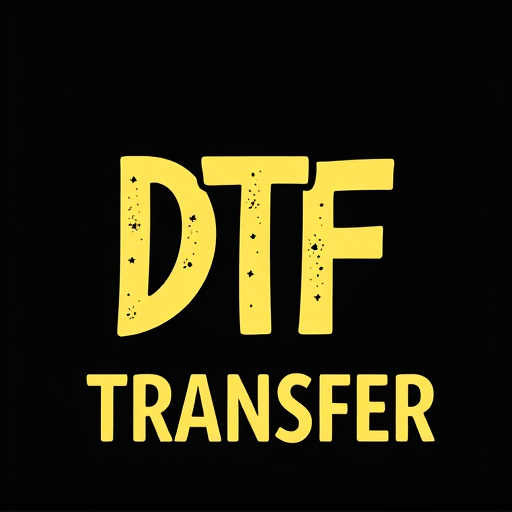
Many businesses have benefited from the implementation of quick delivery options for direct-to-film (DTF) transfer orders. Case studies show that efficient DTF transfer services can significantly enhance productivity, reduce lead times, and improve customer satisfaction. For instance, a leading apparel manufacturer integrated DTF printing into their production line, enabling them to offer personalized, on-demand clothing within days instead of weeks. This strategic move not only attracted new customers but also fostered brand loyalty by delivering exceptional speed and quality.
Another successful example involves a marketing agency that partnered with a specialized DTF transfer service provider to meet the urgent demands of their clients. By leveraging rapid DTF transfer technology, the agency could produce high-quality custom prints for events, promotions, and campaigns, ensuring timely delivery even during peak seasons. This capability allowed them to maintain competitive edges and solidify their reputation as industry leaders in fast turnaround times for DTF prints.

